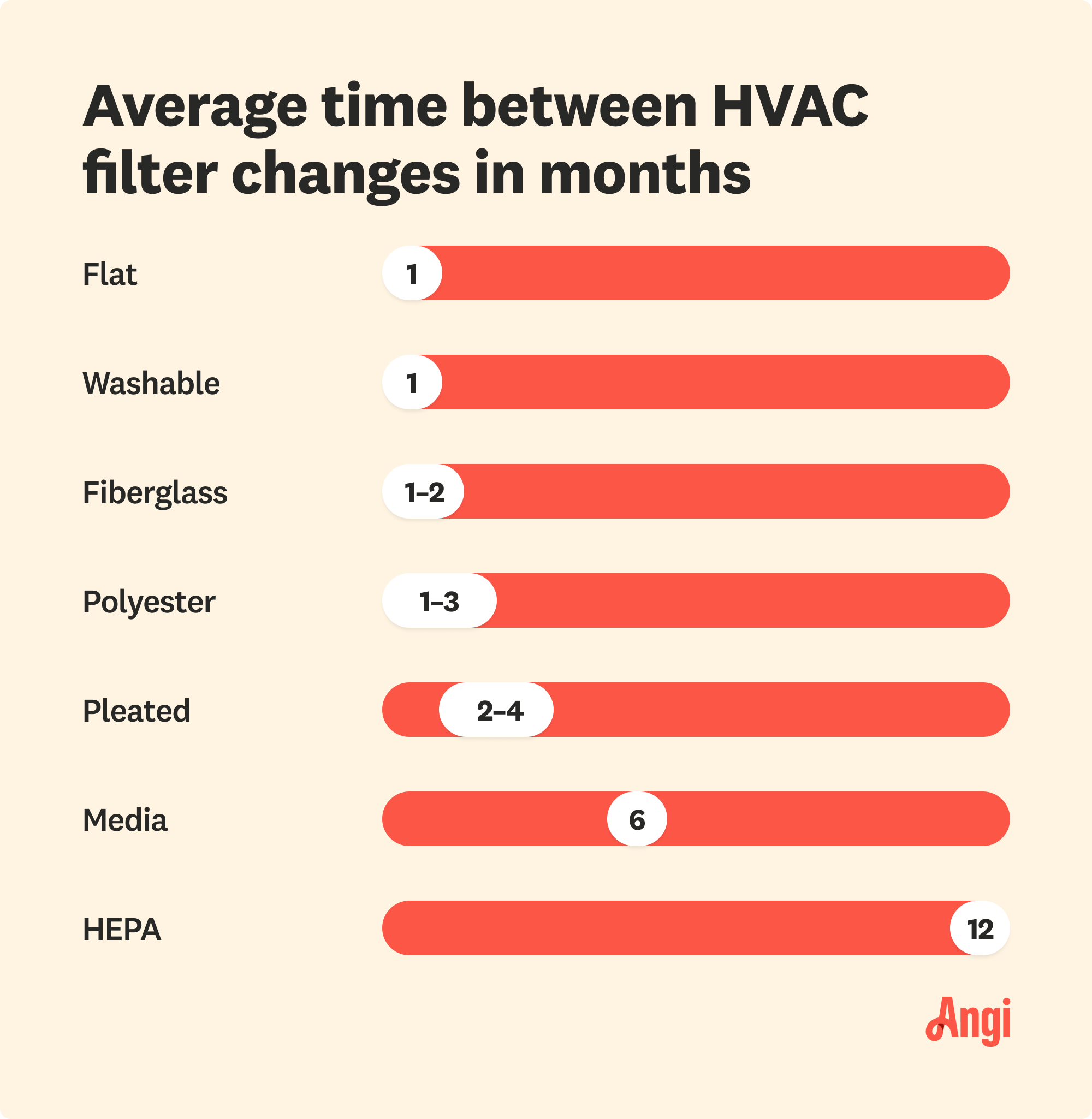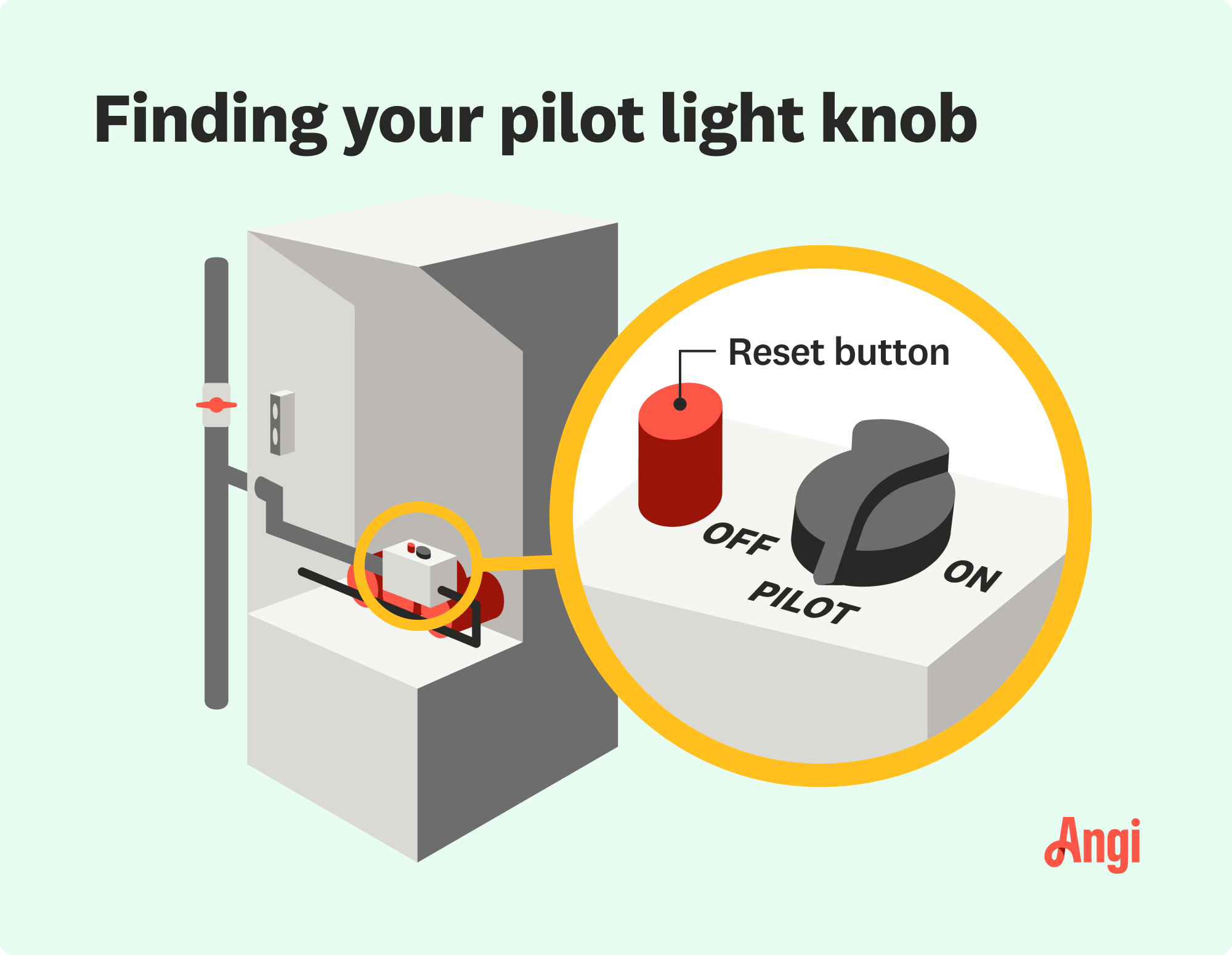
Factors such as labor and parts impact the final price of repairing a window AC unit. Learn all of the costs associated with window air conditioner repair.
Heat things up in no time


If you’re shivering and reaching for a blanket more than usual or notice the temp on your thermostat dropping, your furnace might need a little TLC. Try some furnace troubleshooting to fix the issue before it worsens. Here are 10 furnace troubleshooting tips to get your unit back up and running (and some clear signs that it’s time to call an HVAC pro).
Some furnace problems turn out to be simple-to-fix thermostat issues. Go to your thermostat and ensure the setting is on "heat." Set the temperature at least three degrees higher than the room temperature to ensure it kicks on. If your thermostat is off, you may need to change the batteries or switch the power back on.
If you have a smart thermostat, ensure there is a wireless connection. Try restarting your thermostat if there isn’t a connection.
If you have consistent issues with your thermostat turning off, you may need to add a common "C" wire to run your smart thermostat. Without one, your thermostat could be drawing power from your existing circuits, leading to a lack of power. You can hire a local electrician to do the job or learn how to install a C-wire yourself.

If the temperature in your home feels different than what's reflected on the thermostat, you may need to relocate your thermostat. The unit may be too close to exterior doors or heat (such as in the kitchen), which will impact how it measures the temperature throughout your home. An HVAC pro or electrician should assess your thermostat location and handle the move.
Your furnace pumps hot air through your ductwork and vents in your home. If your furnace is working but your house still feels cool, check each vent throughout your home to ensure they are all open and clear of obstructions. Move any furniture or rugs that are covering vents. Your vents might be in the ceiling, floor, or walls.
Even if you have unused rooms, keep the vents open. Blocked vents can cause duct leaks and excessive air pressure in your HVAC system, leading to breakdowns and costly repairs.
If your furnace takes in air through outdoor vents, make sure the vents are clear of debris, leaves, and snow. Remove any items that might be limiting airflow.

Clogged air filters restrict airflow and heat flow, making your furnace work harder. Turn off your furnace before checking your filter. The filter is often located near the blower on the side of the furnace in a slide-out rack (if you have a horizontal-facing unit) or near the top and bottom doors (if you have a vertical-facing unit).
Pull out the filter to see if it's dirty. If light cannot pass through the filter, it’s time for a new filter or a cleaning. Exchange the filter for a new one of the same size and type. If you’re unsure which type to choose, take some time to research the best filter for your furnace. If you have a permanent filter, vacuum the dust and debris with a shop vac and rinse the filter with water. Let it air dry before placing it back in your furnace.
Change your filter or clean it once every three months to keep your furnace working smoothly all season. Do not run your furnace without a filter because it can harm your system and cause air quality problems inside your home.
Your furnace troubleshooting might lead you to a sneaky power issue. Check the power switch on your furnace (it often looks like a light switch). If it's flipped on but your furnace still isn't working, the circuit breaker might be the culprit.
Go to your electrical panel. Make sure your hands and feet are completely dry before touching the electrical panel. If your furnace breaker is in the “OFF” position, switch it to the “ON” position. If it's already on, switch it off and then back on again to reset it. If a fuse blows or circuit trips when you turn the breaker back on, contact a local electrician to assess the issue.
If your furnace's front panel door isn't completely closed, the unit won't turn on. This is an intentional safety precaution. Head to your furnace and ensure the front panel door is closed.
You'll see a flame in the combustion chamber if you have an older natural gas furnace (models made before 2010). The flame should be a consistent blue flame. You likely have dirty burners if the flame is a color other than blue or if the flame is uneven. You'll need an HVAC pro to fix the issue because it's unsafe to handle without specific training.
Newer furnace models, often those built after 2010, use electricity to ignite, so you won't see a flame or need to deal with it.

If your furnace has a flame (most gas furnaces made before 2010), it is lit by a pilot light. Sometimes, the pilot needs to be relit. Turn off the gas via the gas valve for 15 minutes. Then, turn the gas back on. Follow the manufacturer's manual for instructions on how to relight the pilot light on your furnace. There is often a knob on the bottom of the unit. You can relight it by turning it off, waiting 60 seconds, and turning it back on.
You may have a dangerous leak if you smell gas at any point. If so, evacuate your house immediately, call 911, and call an emergency HVAC repair pro.
If you have a furnace that ignites with electricity, call an HVAC pro if it’s not firing up. Electrical issues are too complex and hazardous to fix without the proper training.
If you've tried the furnace troubleshooting tips in this guide and your furnace still isn't heating your home, call a local furnace repair pro to handle the issue. Resolving a furnace problem sooner leads to a warmer home and prevents a larger, more expensive repair.
If you smell gas from your furnace, turn off your furnace, leave your home immediately and call 911. Contact a local furnace repair pro to fix the issue. Gas leaks can be lethal.
Install carbon monoxide alarms on every level of your home, in central locations, and outside bedrooms. Check all of your carbon monoxide detectors every month, and replace the batteries on a set schedule according to the manufacturer’s instructions.
If you hear hissing or banging noises coming from your furnace, you likely have an electrical issue, and you should call a local furnace repair pro immediately. An HVAC pro should always handle mechanical and electrical issues.
From average costs to expert advice, get all the answers you need to get your job done.

Factors such as labor and parts impact the final price of repairing a window AC unit. Learn all of the costs associated with window air conditioner repair.

When your HVAC system is acting up, it could be the blower motor to blame. See how much blower motor replacement costs and what impacts the price here.

If your furnace is malfunctioning, it could be a faulty control board. Find out what a furnace control board replacement costs for parts, labor, and more.

Your return air vent is responsible for removing warmer air, so testing it ensures you keep your environment comfortable and there are no HVAC problems.

Are you considering adding a whole-house humidifier to your home? Keep reading to learn the pros and cons of a whole-house humidifier.

A whole-house humidifier costs between $400 and $800, but can have an ROI of 40%. Learn if adding this HVAC appliance is worth it for you.